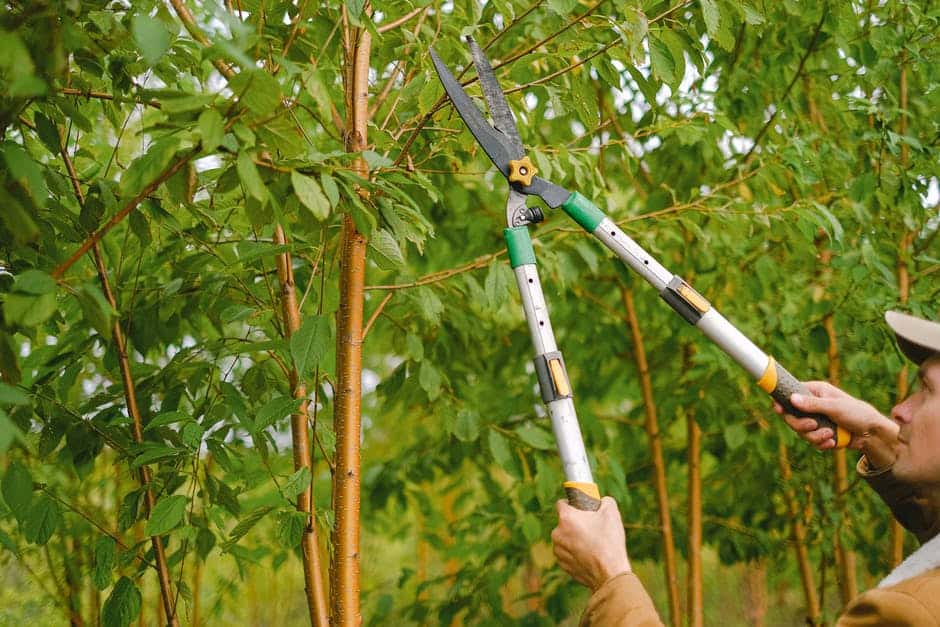A massage therapist uses touch to manipulate the soft tissues of the body. It helps reduce pain, stress and edema, and improves circulation.
Active listening is one of the most important skills to have as a massage therapist. Listen for cues and hints that your client is uncomfortable or is unable to communicate effectively. Visit https://www.flowstate918.com/ to learn more.
If you want to become a massage therapist, there are certain education requirements you must meet. These include completing a 500 hour minimum supervised course of massage therapy study and passing the Massage and Bodywork Licensing Exam (MBLEx). Additionally, you will need to complete your state’s licensure requirements. Licensing is a legal requirement to practice massage in most states and provides a safeguard for clients against incompetent or unlicensed massage therapists.
Many massage schools require students to pass a criminal background check and drug screening before starting the program. Generally, the school will also need you to pay a non-refundable application fee and have an interview with the admissions team. The interview is usually conducted by telephone or over the phone and can ask you about your interest in the field of massage therapy and how you plan on advancing in it. Some schools may offer you a scholarship or financial aid package once you complete the required amount of training hours.
During the massage therapy course, you will be required to perform hands-on massages on live clients. You may need to wear draping clothing, and some programs will have you practice on models to give you the experience of treating real people. You will also be required to take courses in anatomy, physiology and massage technique. In addition, some massage therapists will choose to earn additional certifications or degrees in specialties such as athletic massage and therapeutic massage. These will increase their earning potential and demonstrate to employers and clients that they have gone above and beyond the minimum education and licensing requirements.
If you have a disability and are interested in studying massage therapy, you should contact the school to see if they provide accommodations. Most colleges that offer massage therapy programs are accredited by the Commission on Massage Therapy Accreditation (COMTA). If you attend an accredited school, you can rest assured that they have met the minimum educational standards set out by COMTA. It will also make it easier to find employment in the massage industry once you are licensed.
Licensing Requirements
If you want to practice professionally, you must pass your state’s massage therapy licensing exam. The exam, usually called the Massage & Bodywork Licensing Examination (MBLEx), tests your knowledge of anatomy and physiology, as well as how to perform various massage techniques. Some states also require you to have work experience or complete continuing education courses to keep your license up-to-date.
To become licensed, you need to be over 18 and have a high school diploma or equivalent. You should choose a massage therapy program that meets the licensing requirements of the state where you plan to practice, and check with the school about how many credits you will need to graduate.
Once you have completed your training, your school will issue official transcripts that you need to submit with your application for licensure. The transcripts must be certified by the school, and may need to include course description, number of hours of study, and grades.
After you have received your license, you must abide by the massage therapy laws and regulations in each state where you are practicing. You should follow a professional code of ethics, attend continuing education courses to update your skills, and maintain a clean and safe work environment. Additionally, you must take steps to market yourself and build a client base, such as networking with other massage professionals, attending industry events, or creating a website or social media page.
You must also pay a licensure fee and complete a criminal background check before you can start practicing as a massage therapist. Depending on the state, the fee can range from $50 to $100.
If you hold a massage therapist license in another state or country, you can apply to have it endorsed in New York by submitting a Certificate of Good Standing. This is a document from the licensing authority that shows your license status and any disciplinary history.
If you’re interested in pursuing a career as a massage therapist, contact an admissions representative at IBMC College to learn more about our Massage Therapy program. We can help you sit in on a class, take a tour of the campus, and meet instructors to help you make an informed decision about your future.
Experience Requirements
During your massage therapy program, you will have many opportunities to gain hands-on clinical experience. Additionally, volunteer or part-time work experience can help you prepare for a career as a licensed massage therapist.
The massage therapist field is diverse, offering positions in spas and resorts, wellness centers, medical clinics, hospitals, or even private practice. These various settings allow you to choose the environment that aligns with your interests and goals, whether it’s providing sports therapy for professional athletes or helping expectant moms find relaxation and comfort.
Massage therapists also have the option to expand their horizons by specializing in a particular type of massage. These specializations can open up new avenues for clientele and boost your earning potential. Moreover, continuing education and advanced massage therapy courses are often available to help you keep your skills sharp and advance in the field.
When applying for a massage therapist position, make sure your resume includes examples of your clinical experience and professional accomplishments. You may also want to include a portfolio of your work, as well as testimonials from previous clients. A strong application will showcase your expertise and give you a competitive edge over other candidates.
Licensed massage therapists are considered health care professionals and, as such, must exercise professional judgment when making assessments and providing services to their patients/clients. This responsibility includes evaluating each individual’s situation and determining if massage therapy is appropriate for the patient/client.
If you’re interested in pursuing a career as a licensed massage Therapist, the admissions team at IBMC College can provide you with more information. They can even help you schedule a visit to the campus and sit in on a massage class to get a feel for the program before making your final decision.
For your convenience, you can complete the online application on ePlace once you have all of the required documents uploaded and approved. Please note, you must submit a completed application and transcript to the Board prior to taking the exam. Once the Board receives all of the required documents, your eligibility for the Massage & Bodywork Licensure Examination will be processed.
Certification Requirements
After completing your massage therapy program, you’ll need to pass your state’s licensing exam and get certified. In most cases, this requires you to complete a number of additional hours of study. While preparing for these exams, you’ll also want to join an industry association, get insured and set up your business (if applicable).
If you intend to open your own practice, it’s essential to have a clear understanding of how you plan to run your business. Creating a business plan is a great way to lay out the goals and objectives of your company. This plan can be a helpful tool when applying for funding or trying to secure a location to rent.
It’s important to remember that starting any new business can be a costly endeavor, especially if you need to invest in equipment or supplies. You’ll also need to consider how you plan to advertise and market your services.
Taking continuing education courses is an excellent way to expand your skillset, learn more about advanced modalities, and grow as a massage professional. However, it’s important to find a provider that offers high-quality coursework that aligns with your state’s CEU requirements.
You may need to take extra training hours or pass a state-specific massage therapy exam like the MBLEx in order to meet licensing requirements in a different region. If you are moving to a new state, it’s best to contact the board in advance to get all the details on any additional requirements. This will help you avoid any surprises and give you insights into any non-refundable fees or application processes that may apply.
Most Massage Therapists work for spas, chiropractic offices or medical clinics. In some cases, therapists who are looking to move into the corporate world find it challenging to find a position that fits their skillset. However, there are plenty of options out there, including massage therapist positions at hotels and resorts. These positions usually offer higher salaries and the benefit of a supportive team of coworkers.


